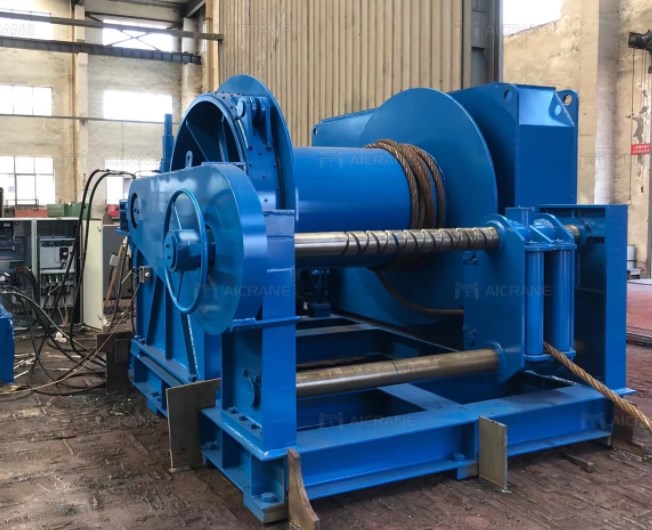Electric Towing Winch Installation Tips
Electric towing winches are essential tools in various industries, from marine and construction to automotive and mining. These powerful devices offer efficient and reliable means of towing heavy loads. However, proper installation is crucial to ensure their optimal performance and safety. In this article, we will explore some key tips to consider when installing an electric towing winch, focusing on factors such as location, power supply, mounting, and safety measures. By following these guidelines, you can maximize the functionality and longevity of your electric towing winch while ensuring the safety of personnel and equipment.
Selecting the Right Location
Before installing a marine electric towing winch, carefully assess and select an appropriate location. Ideally, the winch should be placed in an area that provides ample space for its operation and maintenance. Consider factors such as accessibility, ventilation, and proximity to the load being towed. Ensure that the location is well-ventilated to prevent the accumulation of heat and fumes during operation. Additionally, it is important to install the winch on a sturdy and stable surface capable of withstanding the loads and vibrations generated during towing operations.
Power Supply Considerations
Electric towing winches require a reliable power supply to function effectively. Before installation, evaluate the power requirements of the winch and ensure that the power source is capable of meeting those needs. Consult the winch manufacturer's specifications to determine the appropriate voltage and current requirements. It is advisable to use a dedicated power circuit for the winch to avoid overloading existing circuits. Additionally, consider installing surge protection devices and appropriate fuses to protect the winch from power fluctuations and electrical faults.
Proper Mounting and Anchoring
The mounting and anchoring of the electric towing winch are critical for its stability and functionality. Ensure that the winch is securely mounted to a suitable structure, such as a robust foundation or a sturdy frame. Use high-quality bolts, nuts, and fasteners to attach the winch securely, following the manufacturer's instructions. Consider employing vibration-damping materials between the winch and its mounting surface to minimize vibrations and noise. Furthermore, verify that the anchor points are capable of withstanding the maximum load capacity of the winch to prevent accidents or damage during operation.
Safety Precautions
When installing an electric towing winch, prioritize safety measures to protect personnel and equipment. Install proper guarding and safety devices, such as covers, shields, or barriers, to prevent accidental contact with moving parts. Additionally, clearly label emergency stop buttons and provide easy access to them in case of an emergency. Ensure that all personnel operating the winch are trained on its safe usage, including procedures for emergency shutdown and regular maintenance.
Conclusion
Installing an electric towing winch requires careful consideration of factors such as location, power supply, mounting, and safety measures. By selecting the right location, ensuring a reliable power supply, and securely mounting the winch, you can enhance its efficiency and longevity. Furthermore, implementing safety precautions and providing proper training to personnel will mitigate the risks associated with winch operation. Remember to consult the manufacturer's guidelines and seek professional assistance if needed. By following these installation tips, you can maximize the functionality of your electric towing winch while promoting safety in your workplace.




Comments
Post a Comment